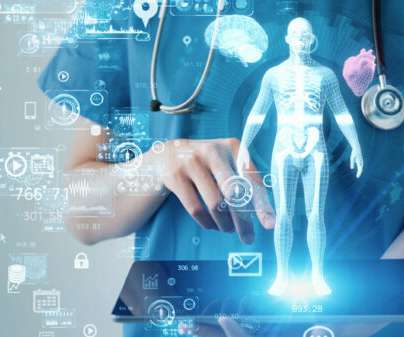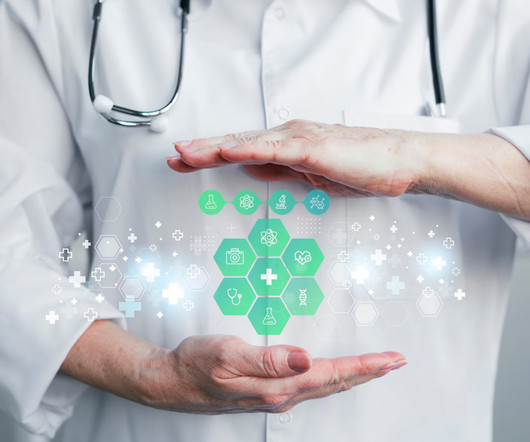AI in Healthcare and Life Sciences: Further Adoption Requires Better Data Infrastructure
Healthcare IT Today
MAY 30, 2023
While adoption of AI applications in healthcare is low , a recent study found that more than half of IT buyers are prioritizing AI/Machine Learning technology investments for the next five years, meaning there is a unique opportunity for healthcare and life science organizations to leverage AI for faster, safer, and more impactful outcomes.













Let's personalize your content